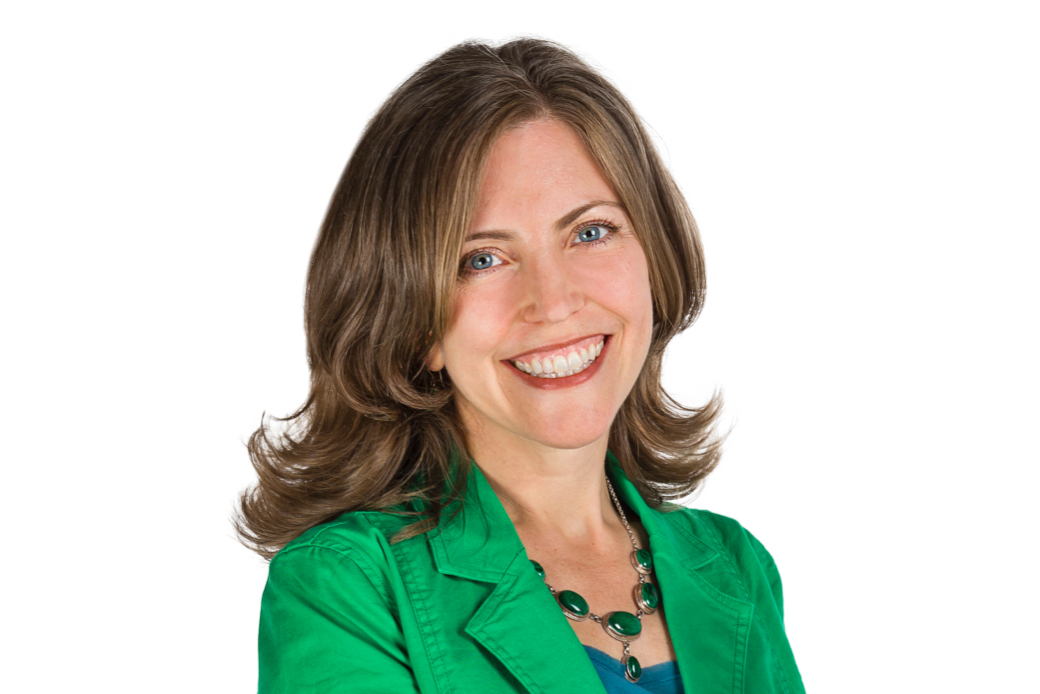A new University of Maryland training program wants to transform graduate students into leaders on sustainability.
The UMD Global STEWARDS program, or STEM Training at the Nexus of Energy, WAter Reuse and FooD Systems, aims to prepare students to seek solutions to environmental and sustainability issues.
“The goal is to establish an interdisciplinary STEM education model that will train students to work across the different fields that will be required for food, energy and water systems solutions,” said Amy Sapkota, the program’s principal investigator.
Funded by a $3 million National Science Foundation grant, the program is set to begin in January 2019, said Sapkota, who is also a public health professor at this university. There are five main aspects to the program, with a central focus on the intersection of food, water and energy problems, she said.
[Read more: With a $7.7 million grant, UMD researchers are leading a study on ticks]
“What we’re looking for broadly with these three concepts is ensuring we have adequate food and doing this with as low energy as possible,” said Allen Davis, a civil and environmental engineering professor at this university. Food availability is a major problem that should be addressed now to prevent future crises, he added.
The program will essentially act as a “supplement” to the students’ regular studies, Davis said.
STEWARDS will include students from several majors focusing on the “life sciences, earth system sciences, engineering and computational sciences, natural resource management, and energy and environmental policy,” according to the public health school’s website. The program’s website and application will be released in the coming weeks, Sapkota said.
UMD Global STEWARDS anticipates recruiting more than 60 graduate students, particularly doctoral students, over the next five years, Sapkota said. As part of the grant requirement, the program will accept many women and underrepresented minority students, she said.
[Read more: This app created by UMD researchers gives you prizes for a green commute]
Davis said increasing the number of women and minority students in STEM fields is crucial in several ways. A diverse population of students leads to a “diverse population of views, and that can lead to some fantastic ideas,” he said.
One component includes an experiential curriculum and advanced coursework, while another includes an internship in a non-academic setting, Sapkota said. Other components include a series of discussion-based workshops focused on professional skills, which will occur over winter break, and a two-week study abroad program over the summer in either Israel or Nepal, she said.
“I think the ideal candidate is someone who can appreciate interdisciplinary research and is excited to engage in that type of environment,” said Hillary Craddock, a public health doctoral student and another STEWARDS program developer. “Somebody who is willing to step outside their comfort zone.”
Craddock said it’s becoming evident that the issues the program touches upon cannot be solved by one person or one discipline.
“Problems in [the environment] are critical and impact everyone on the planet,” Sapkota said. “We must address these problems and come up with solutions in order to move forward and have sustainable populations.”
Students will also serve as mentors to undergraduate and high school students, Sapkota said. She believes this will help create a STEM pipeline for younger students.
“We can help spark passions for conducting research and engaging in policy making,” she said.
Along with those core structural aspects of the program, graduate students will conduct research with participating faculty members in countless disciplines, Sapkota added.
Nathan Hultman, the director of the Center for Global Sustainability and a public policy school professor, will mentor students through the program. He wrote in an email that he hopes the experience students gain from STEWARDS will help them prepare for future research opportunities and their careers.
Several colleges within this university — such as the public health school, the agriculture and natural resources college and the engineering school have all collaborated on the project.
“The team of faculty members is very diverse and broad across campus,” Sapkota said. “This is really a campuswide approach.”



